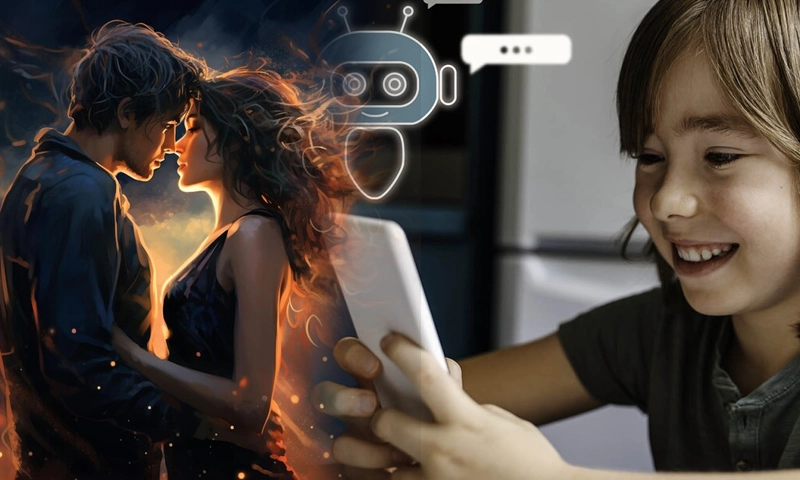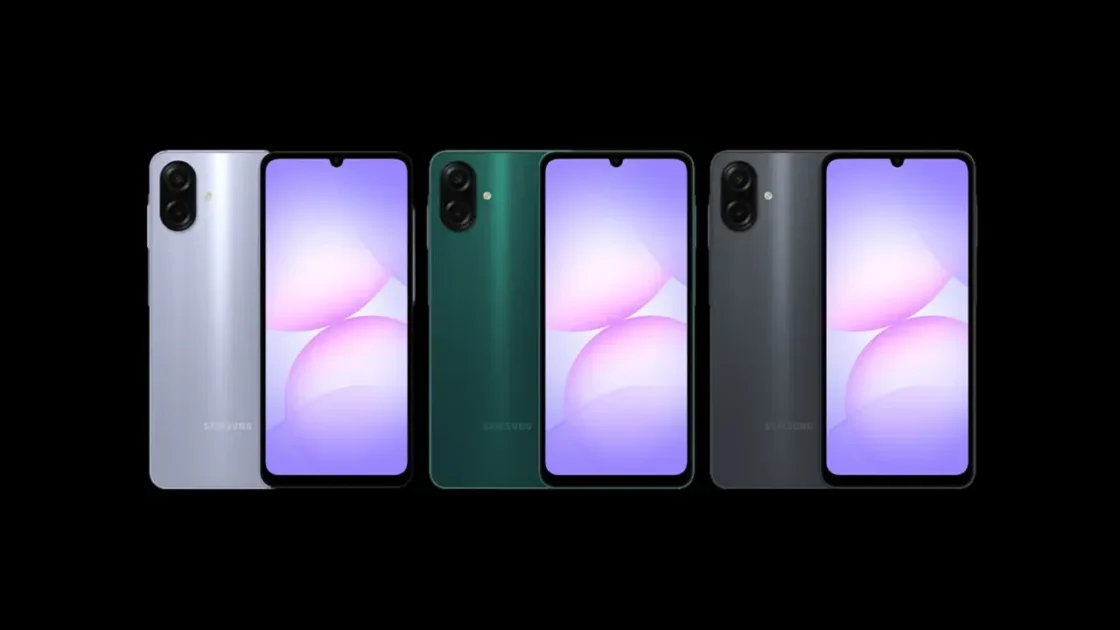- Reuters
- 37 Minutes ago

Do I have a concussion, do I not? HIT helmet might have answers
-
- Reuters
- May 01, 2024

EDINBURGH: Professional mountain bikers are testing a new wearable head impact monitor, designed to warn them when a rough ride could cause injury, even if they haven’t crashed.
The HIT device is attached to their helmet and measures the G-force of a head impact that could cause concussion, as well as smaller cumulative impacts experienced by riders, similar to a soccer player repeatedly heading a ball during a match.
“It’s a grey area,” said Euan Bowen, the HIT device developer.
Former Google employees say firings for protesting Israel were illegal
“There’s people not knowing when to stop, not knowing when to continue. It’s ‘Do I have a concussion or do I not? it’s the only organ in your body that doesn’t have pain receptors,” Bowen said.
The device, developed in Scotland, connects to an app and uses a traffic light warning system to aid users in deciding if they need medical attention.
“So all we’re doing is informing you with data so you can make a better decision, or your friend or your teammates, or your parents can make a better decision or you individually,” he said.
Former world champion Reece Wilson, who had a year out of the sport due to concussion, is just one of the elite riders trialling the device and welcomed the idea that HIT would be watching out for him.
Apple’s iOS 18 may incorporate AI features from OpenAI, Google
“We can just monitor all of those impacts as we go throughout the year and if we ever have one that’s too big that takes us to a bit of rest time then so be it,” he said.
Concussions can be difficult to diagnose due to varying factors such as the player’s strength, bone thickness and prior concussions. But sports around the world, including rugby and American football, are trying to tackle the problem of how to identify and treat head injuries.
“It is already happening in rugby. The challenge is the values that they use, which is say 75 G’s in males, 65 G’s in females, they’re not evidence based. They’re just a number. So our job is to provide that evidence so that force, that G force, is backed up by empirical evidence,” said Professor of Neuromuscular Physiology at Nottingham Trent University, Angus Hunter, who has worked with HIT to understand head accelerations and their implications on the brain.
Why Japan is investing in semiconductors once more
The company says monitoring head impacts could help coaches make better decisions when to withdraw a rider off their bike and allow their brain a recognised period of time to recover.
The HIT device is not limited to professional riders but is accessible to any age, for any activity, and for any gender, Bowen said.






